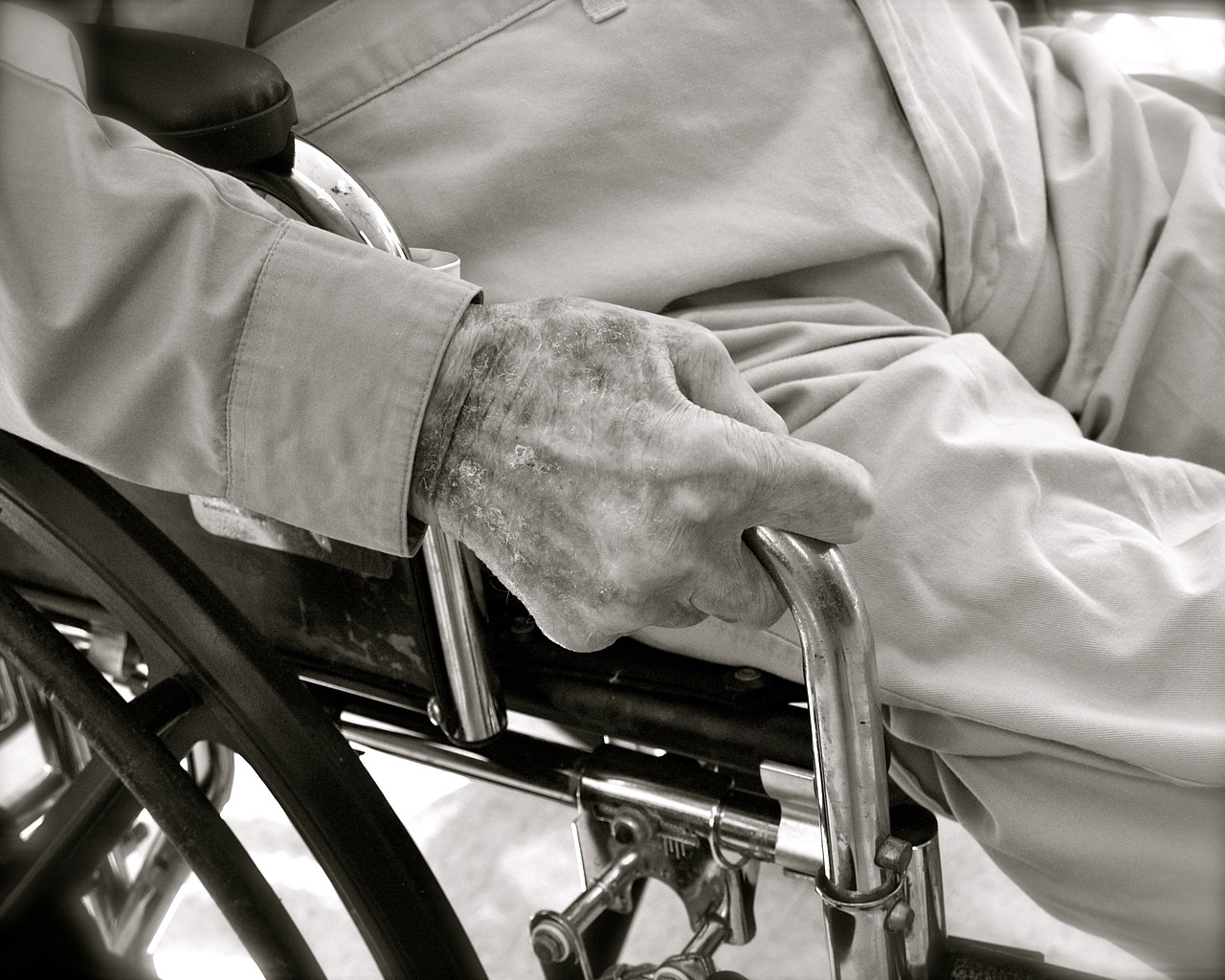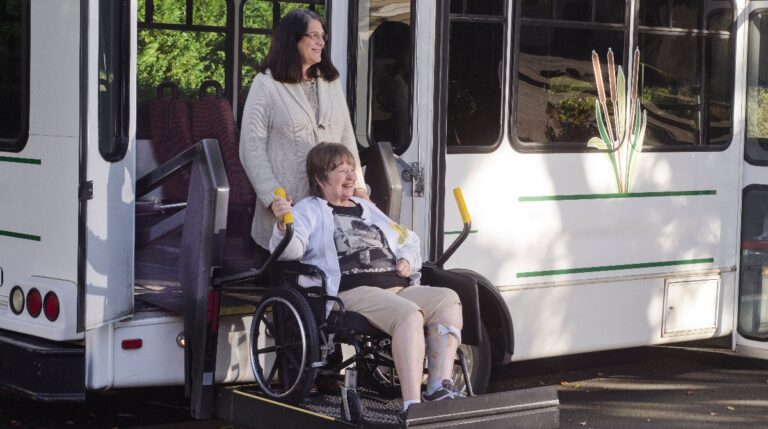Ambulatory transport services are an essential part of the healthcare system, providing safe and efficient transportation for patients who require medical attention but do not need emergency care. These services are crucial for patients who are unable to drive themselves or use public transportation due to their medical condition. In this article, we will explore the importance of ambulatory transport services and how they benefit patients and healthcare providers.
What are ambulatory transport services?
Ambulatory transport services are non-emergency medical transportation services that provide safe and efficient transportation for patients who require medical attention but do not need emergency care. These services are typically provided by trained professionals who are equipped to handle patients with a variety of medical conditions. Ambulatory transport services can include transportation to and from medical appointments, hospital discharges, and other medical facilities. They are an essential part of the healthcare system and play a vital role in ensuring that patients receive the care they need.
How do ambulatory transport services benefit patients and healthcare providers?
Ambulatory transport services benefit both patients and healthcare providers in several ways. For patients, these services provide safe and reliable transportation to and from medical appointments, reducing the stress and anxiety associated with arranging transportation on their own. Additionally, ambulatory transport services ensure that patients arrive at their appointments on time, reducing the risk of missed appointments and delayed care. For healthcare providers, these services help to improve patient outcomes by ensuring that patients receive the care they need in a timely and efficient manner. They also help to reduce healthcare costs by reducing the need for emergency care and hospital readmissions. Overall, ambulatory transport services are an essential component of the healthcare system and play a critical role in improving patient outcomes and reducing healthcare costs.
What types of patients typically use ambulatory transport services?
Ambulatory transport services are typically used by patients who require medical attention but do not require emergency medical services. This includes patients who are elderly, disabled, or have mobility issues that make it difficult for them to travel to medical appointments on their own. Additionally, patients who require regular medical appointments, such as those undergoing dialysis or chemotherapy, often rely on ambulatory transport services to ensure that they receive the care they need. Overall, ambulatory transport services are used by a wide range of patients who require safe and reliable transportation to and from medical appointments.
What qualifications and training do ambulatory transport service providers have?
Ambulatory transport service providers are required to have a valid driver’s license and a clean driving record. In addition, they must undergo specialized training in patient care and transportation safety. This training includes courses in basic life support, infection control, and patient handling techniques. Some states also require ambulatory transport service providers to be certified as emergency medical technicians (EMTs) or paramedics. It is important for patients to choose a reputable ambulatory transport service provider that employs qualified and well-trained staff to ensure their safety and well-being during transportation.
How can healthcare providers and patients access ambulatory transport services?
Healthcare providers can access ambulatory transport services by contacting a local provider or through a referral system. Patients can also request ambulatory transport services directly, either through their healthcare provider or by contacting a local provider themselves. It is important for patients to communicate their specific medical needs and any mobility limitations to the ambulatory transport service provider to ensure they receive appropriate care during transportation.




